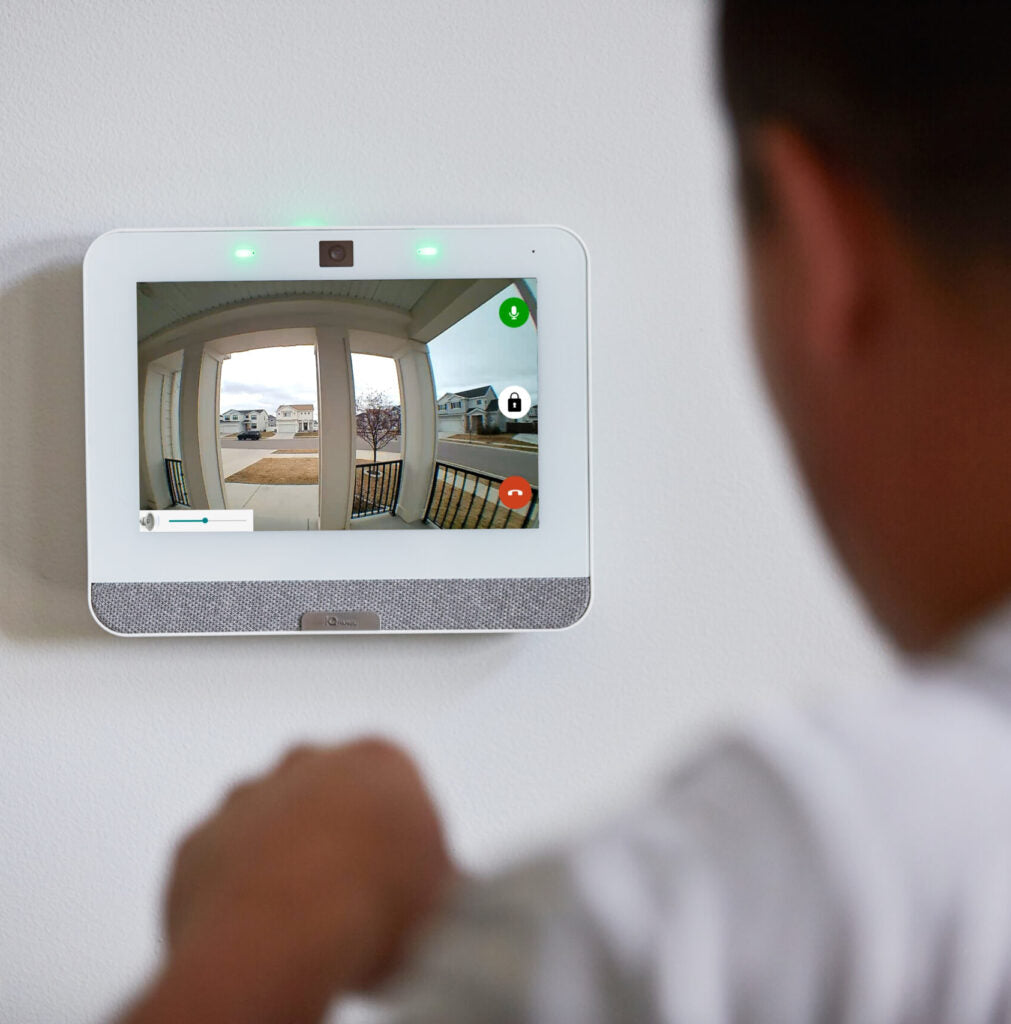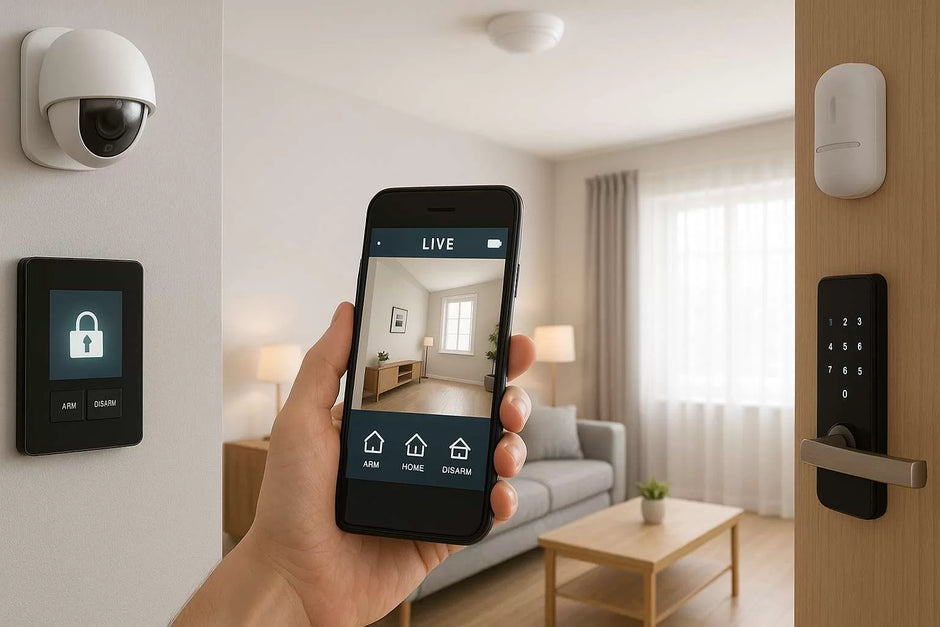Carbon monoxide (CO) is a silent, invisible killer. Odorless and colorless, this toxic gas can build up in your home without warning, leading to serious illness or even death. Every year, hundreds of people in the U.S. die from unintentional CO poisoning, and thousands more are hospitalized. Fortunately, there’s a simple way to protect yourself and your loved ones: install carbon monoxide detectors in your home.
Why Carbon Monoxide Detectors Are Essential
Carbon monoxide is produced by burning fuel in vehicles, stoves, lanterns, fireplaces, gas ranges, furnaces, or portable generators. If these devices are not properly vented or maintained, CO can accumulate indoors. Because you can’t see or smell it, a CO leak can go unnoticed until symptoms like headaches, dizziness, nausea, or confusion occur — or until it's too late.
Carbon monoxide detectors act as an early warning system. They sound an alarm when CO levels become dangerous, giving you time to evacuate and seek help.
Where to Place Carbon Monoxide Detectors
Proper placement is key to ensuring your CO detectors can do their job effectively. Here are the most important locations:
-
Outside Sleeping Areas: Place a CO detector in the hallway near every bedroom. If your home has multiple sleeping areas on different floors, each should have its own detector nearby.
-
On Every Level of Your Home: CO can accumulate on any floor, so install at least one detector on each level — including the basement and attic if they are used as living spaces.
-
Near Fuel-Burning Appliances: Install detectors near gas furnaces, water heaters, fireplaces, or other fuel-burning appliances. Follow the manufacturer’s instructions for minimum safe distance — usually 10 to 15 feet away — to avoid false alarms.
-
In or Near Attached Garages: Cars left idling in attached garages can cause CO to seep into the home. Install a detector near the door between your garage and house.
-
Avoid Obstructions: Don’t place CO detectors behind curtains, furniture, or in dead air spaces (like corners), where airflow is restricted.
Additional Tips for CO Safety
-
Test Monthly: Check your CO detectors regularly to ensure they’re working. Most have a test button.
-
Replace Batteries: Change batteries at least once a year or when the unit indicates a low battery.
-
Know the Expiration Date: CO detectors typically last 5–7 years. Check the manufacturer’s label and replace as needed.
-
Don’t Combine Smoke and CO Alarms Unless Specified: Some devices are combo units. Make sure yours is certified for both purposes if using a dual-function model.
Final Thoughts
Carbon monoxide detectors are a small investment that can make a life-saving difference. Making sure they’re properly installed and maintained is an essential part of home safety. If you don’t already have them, install CO detectors today — and if you do, double-check that they’re in the right places and functioning correctly. Peace of mind is worth every beep.








